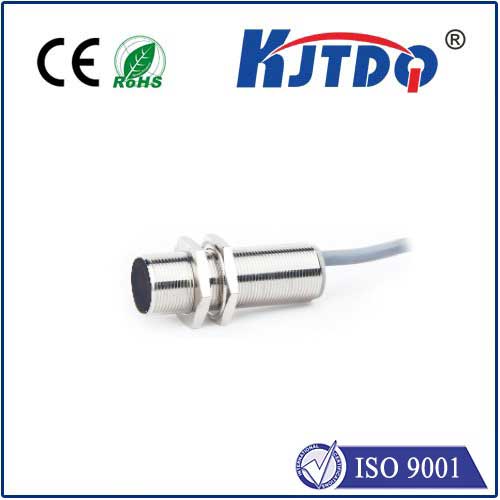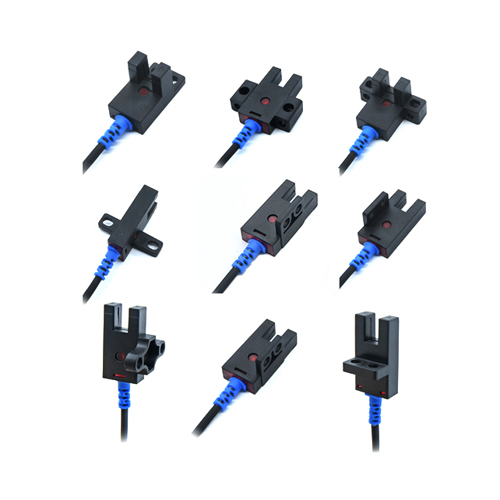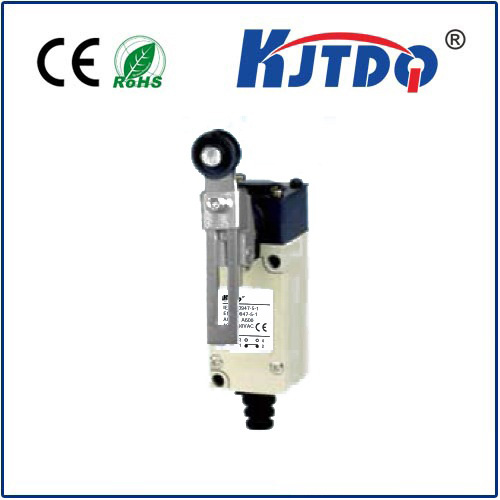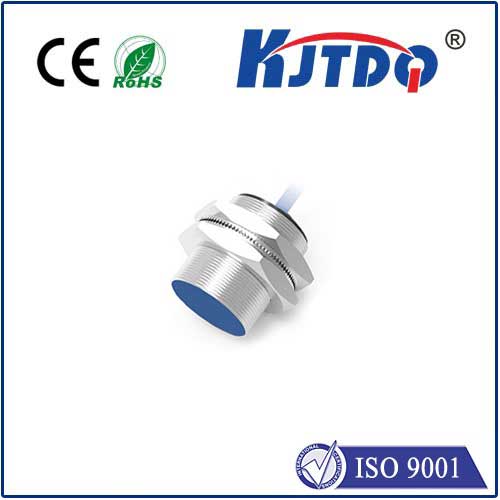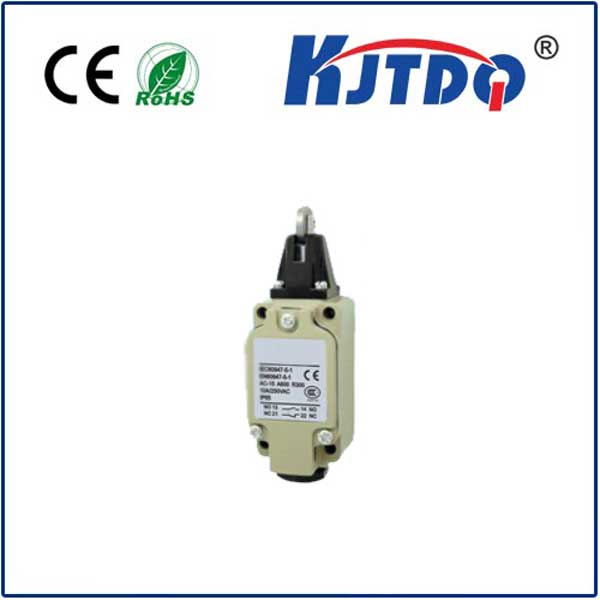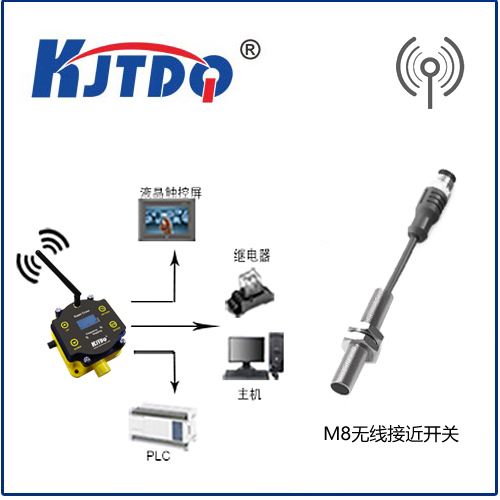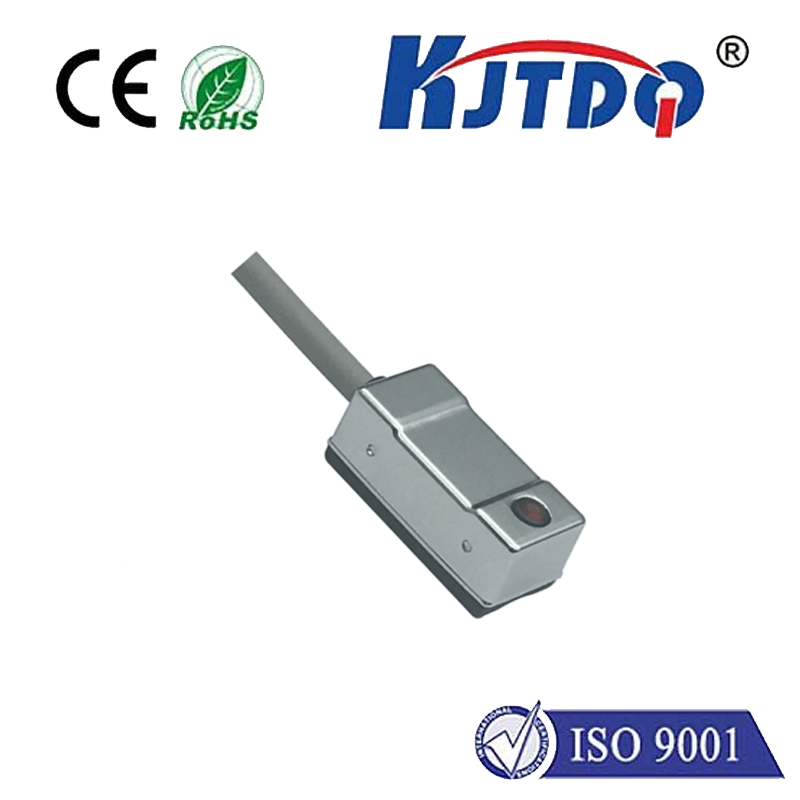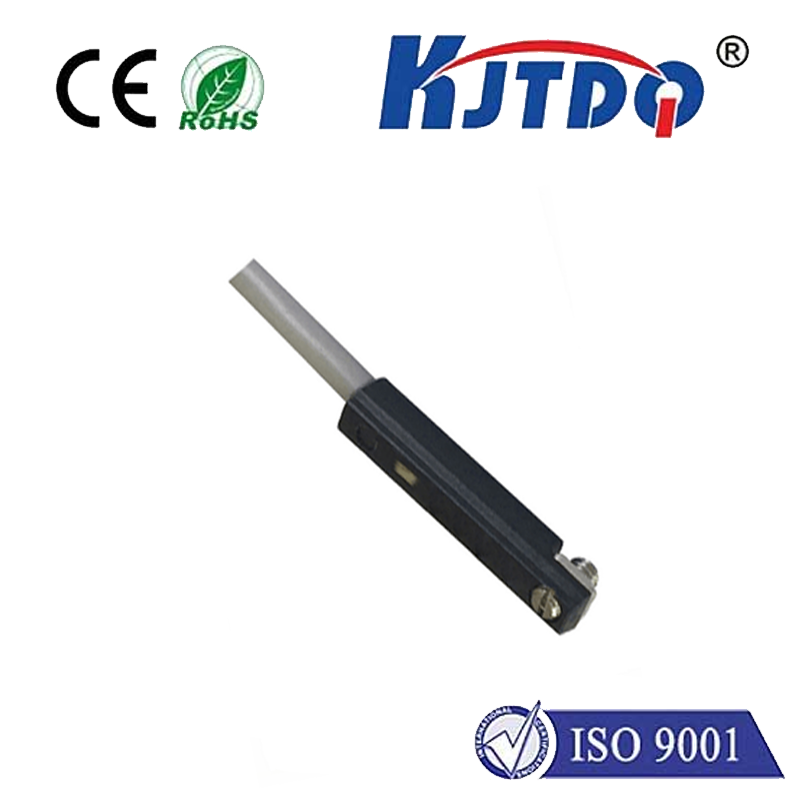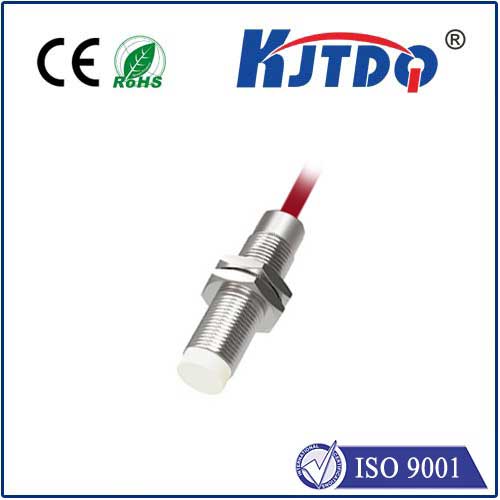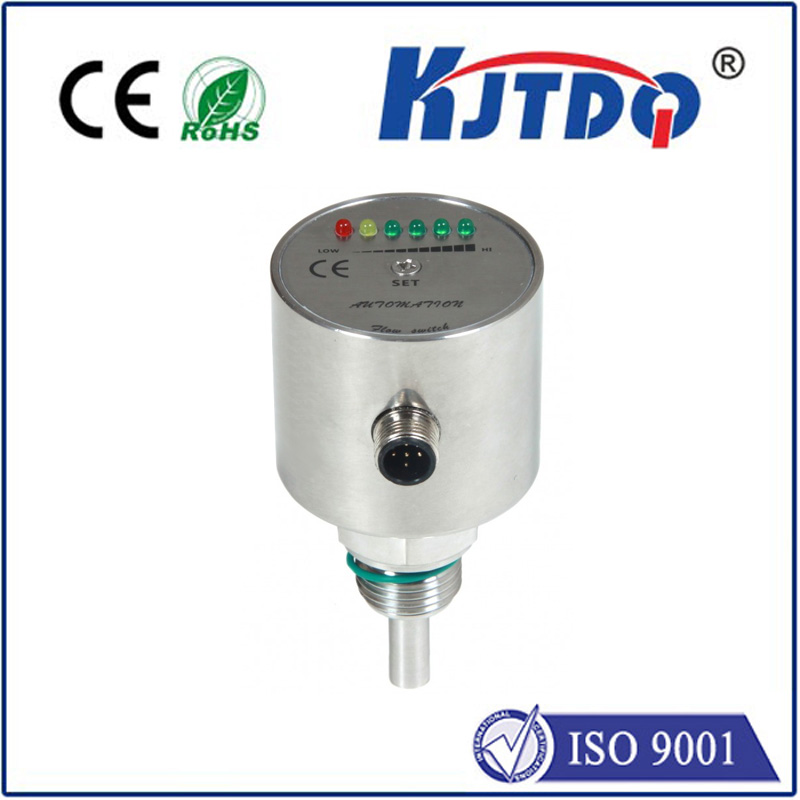

check

check

check

check

check

check

check

check

check

check

Title: Inductive Sensor Sensing Range: What You Need to Know In the world of sensors, inductive sensors are one of the most popular types. They are widely used in various industries such as automotive, manufacturing, and robotics due to their non-contact measurement capabilities. One of the critical specifications of an inductive sensor is its sensing range. In this article, we will explore what the inductive sensor sensing range is, how it affects the performance of the sensor, and what factors determine its value. What is Inductive Sensor Sensing Range? The sensing range of an inductive sensor refers to the distance over which it can detect a target material without physical contact. This range is typically measured in millimeters (mm) or inches (in). The inductive sensor generates an electromagnetic field that interacts with the target material, creating eddy currents within it. These eddy currents induce a secondary magnetic field that opposes the primary one generated by the sensor. The change in the magnetic field is detected by the sensor, allowing it to determine the presence and position of the target material. How Does Inductive Sensor Sensing Range Affect Performance? The sensing range of an inductive sensor has a significant impact on its performance. A larger sensing range allows the sensor to detect targets from further away, providing more flexibility in installation and reducing the risk of false readings caused by nearby objects. However, a larger sensing range also means that the sensor may be more susceptible to interference from other sources, such as electromagnetic noise or vibration. On the other hand, a smaller sensing range provides higher sensitivity and accuracy but may require more precise installation and alignment. Factors Affecting Inductive Sensor Sensing Range Several factors can affect the sensing range of an inductive sensor, including:
